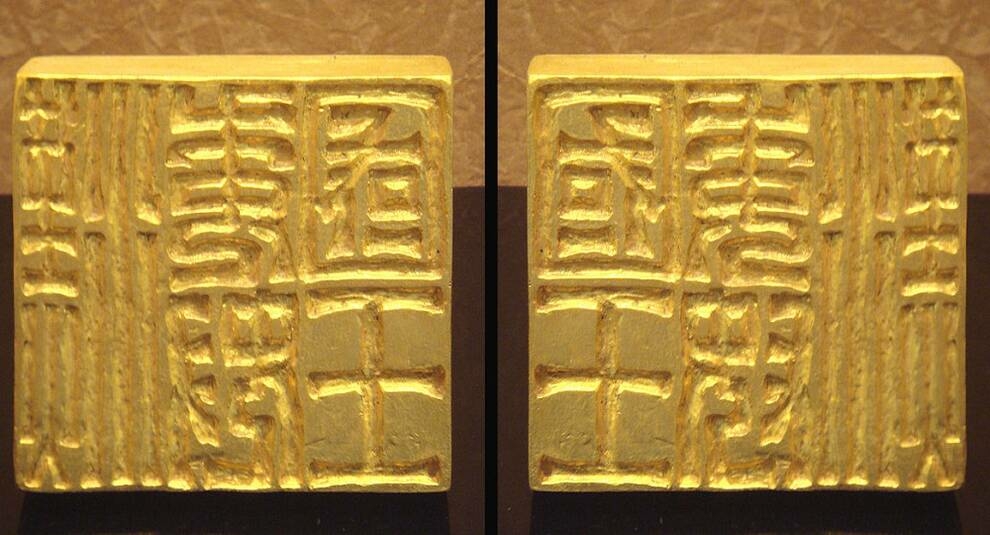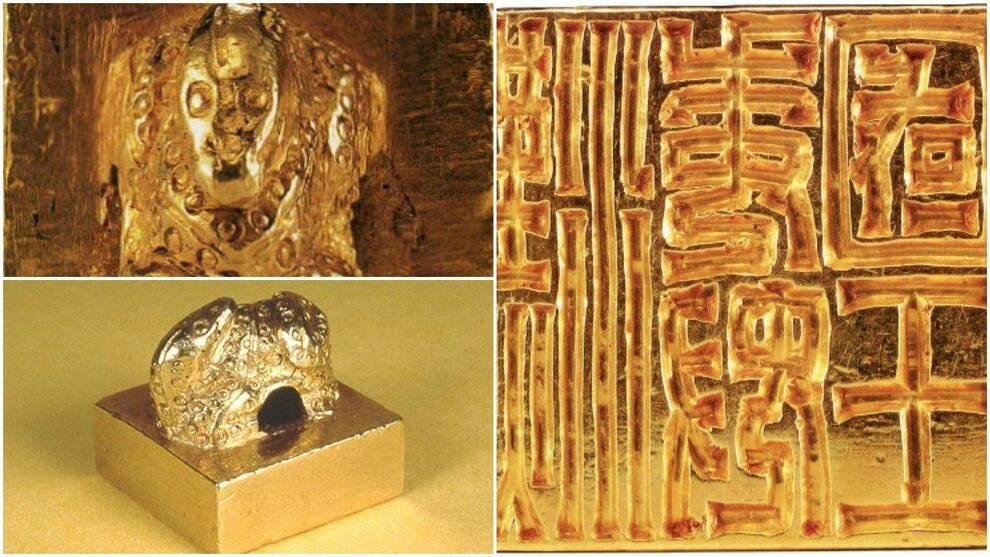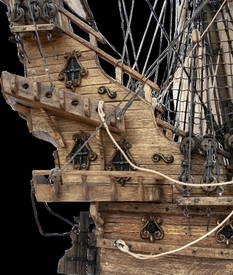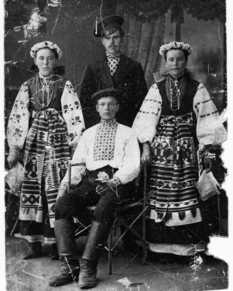
The country of Na and the seal of Han Wang
In 1784, in the Japanese city of Fukuoka, an ancient object was found that became important for the study of the country Na - the seal of the Han Wang. Wang is the title of rulers in those countries that have experienced the cultural influence of ancient Chinese civilization. The country of Na belonged to the Wa people, who lived in the eastern regions of modern China, as well as in the territory of the Japanese archipelago.
The seal was made in the first century AD, made of gold in the form of a square with sides of 2.3 cm, weighs 108 g, its thickness is 0.8 cm. On one side is a ring-holder depicting a snake. On the opposite side is an engraved inscription that reads: "Han Wang of Na country". After the discovery of the object, there was a discussion around it for many years about whether it was a fake or really an ancient artifact. In our time, most historians are inclined to believe that the seal was actually made at the beginning of our era. In 1978, it was transferred to the city of Fukuoka, and since 1990 it has been kept in the city museum.
The country of Na is known from sources such as the part of the historical chronicle of Hanshu called "History of the Late Han Empire". Another important document is the scroll of the Book of the Wei Dynasty, which has a section on the people of Wa. The country of Na existed in the I-III centuries AD and was located in the northern part of the island of Kyushu. Thanks to the discovery of the seal, scientists were able to determine the name of the place where it was found. The last mention of the country dates back to the third century, then it is lost from sight. Only in the Japanese annals of the eighth century can one find the mentioned administrative unit of Na, located exactly in the place where Fukuoka is located today.

The seal was made in the first century AD, made of gold in the form of a square with sides of 2.3 cm, weighs 108 g, its thickness is 0.8 cm. On one side is a ring-holder depicting a snake. On the opposite side is an engraved inscription that reads: "Han Wang of Na country". After the discovery of the object, there was a discussion around it for many years about whether it was a fake or really an ancient artifact. In our time, most historians are inclined to believe that the seal was actually made at the beginning of our era. In 1978, it was transferred to the city of Fukuoka, and since 1990 it has been kept in the city museum.
The country of Na is known from sources such as the part of the historical chronicle of Hanshu called "History of the Late Han Empire". Another important document is the scroll of the Book of the Wei Dynasty, which has a section on the people of Wa. The country of Na existed in the I-III centuries AD and was located in the northern part of the island of Kyushu. Thanks to the discovery of the seal, scientists were able to determine the name of the place where it was found. The last mention of the country dates back to the third century, then it is lost from sight. Only in the Japanese annals of the eighth century can one find the mentioned administrative unit of Na, located exactly in the place where Fukuoka is located today.

Photo ©


